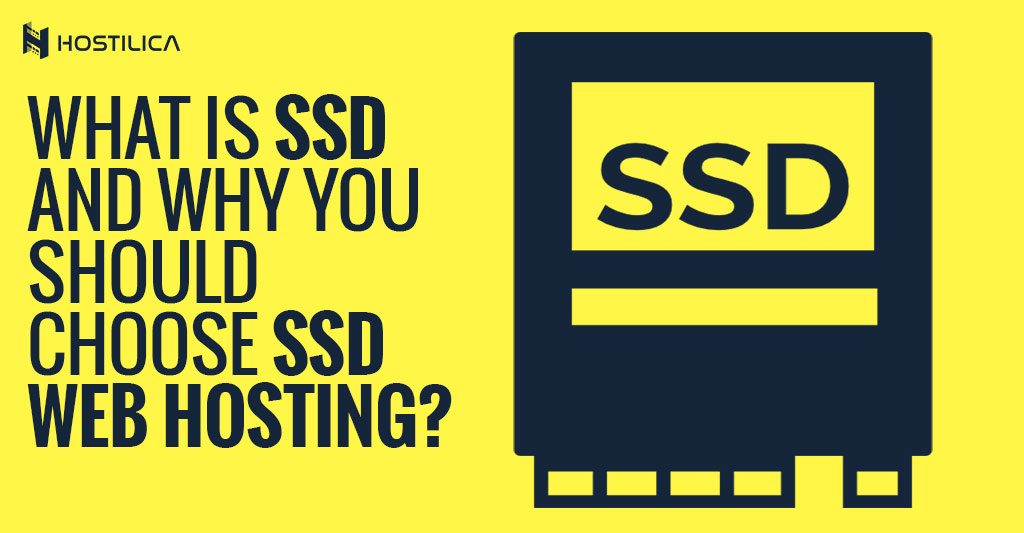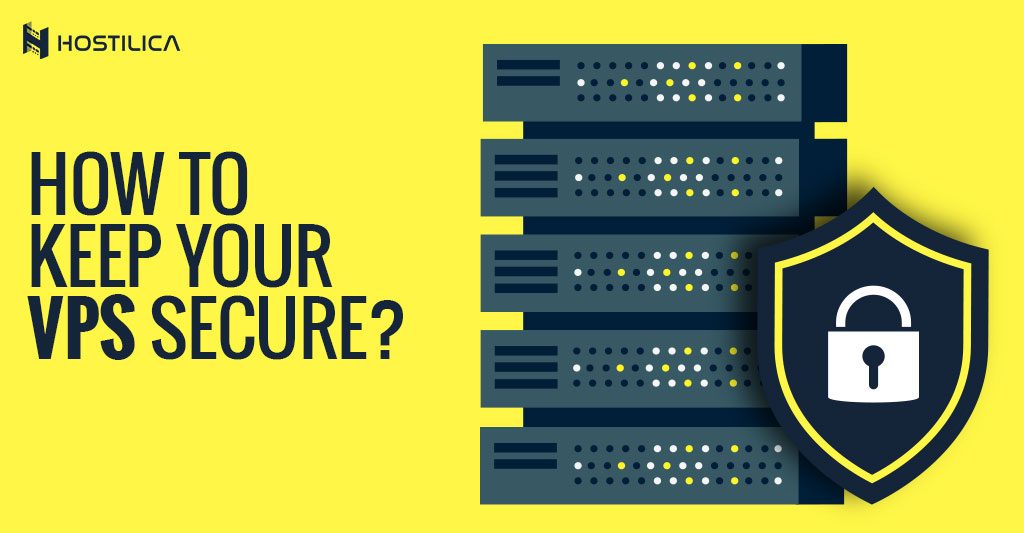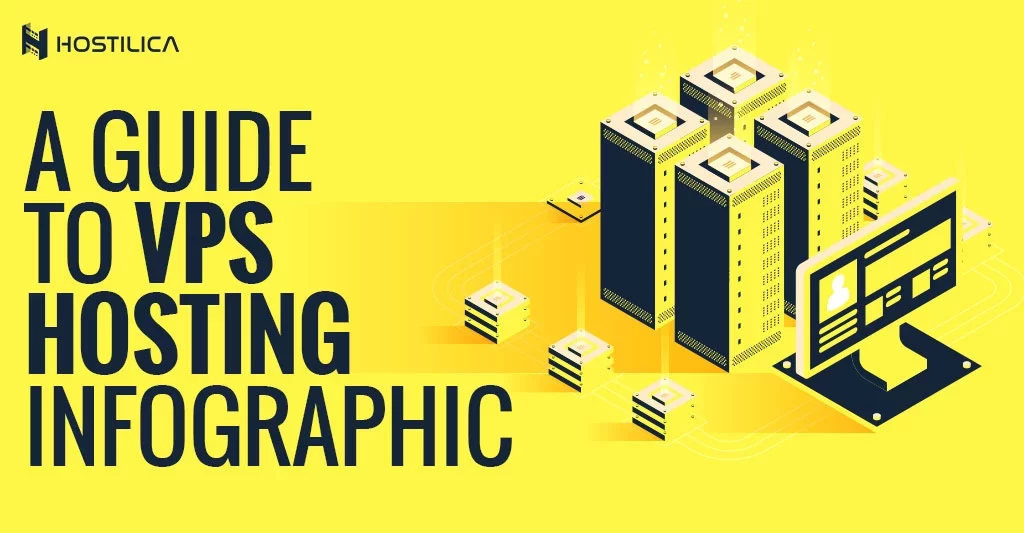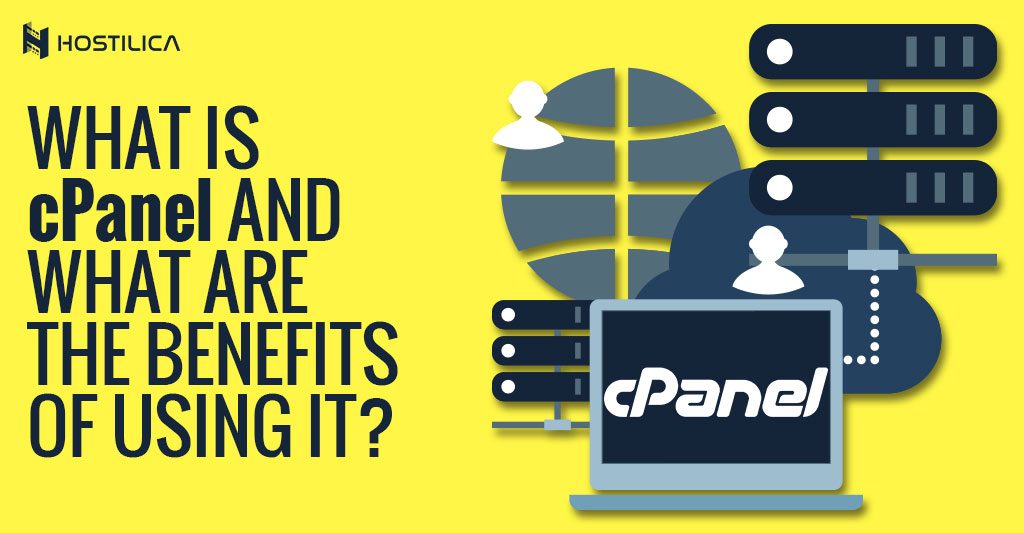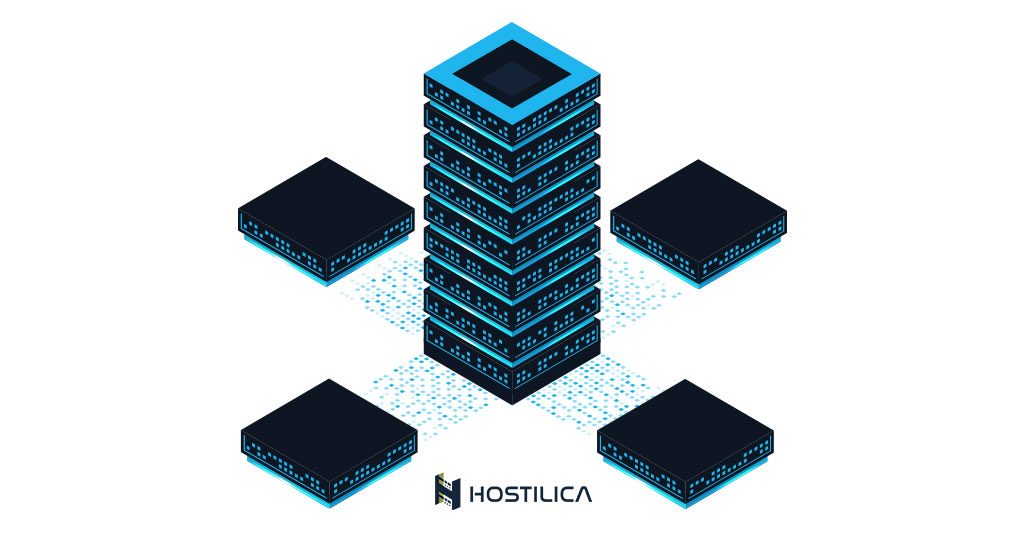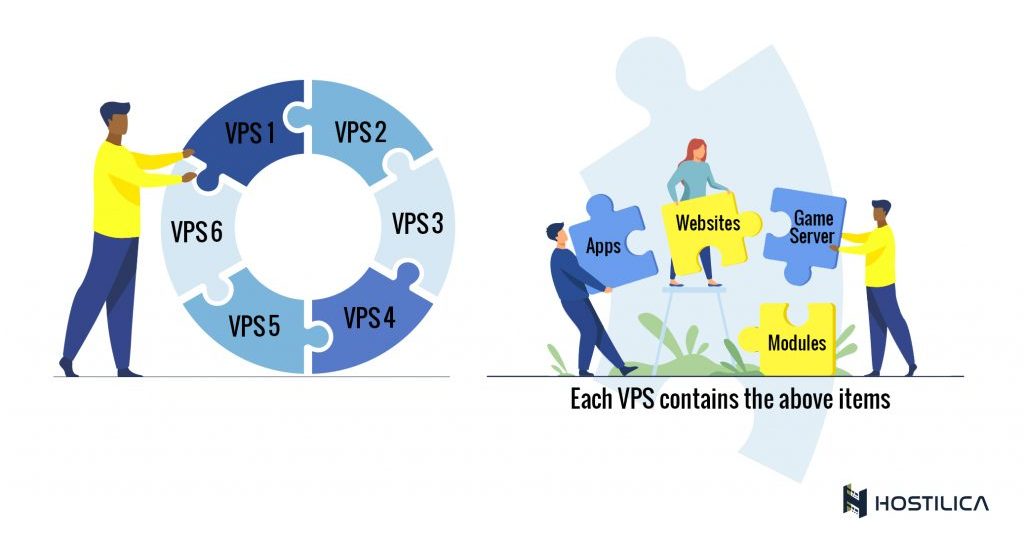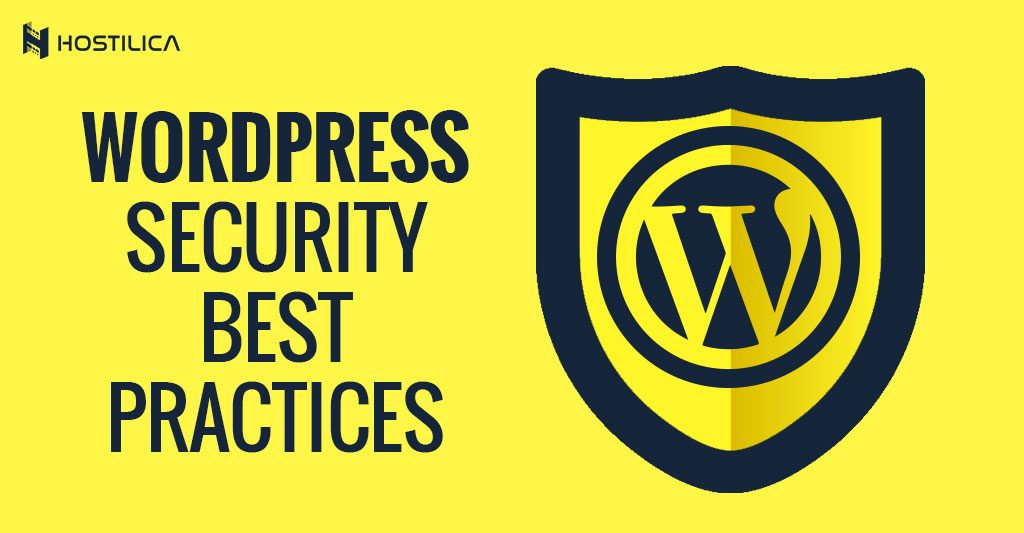Redirects: What They Are and When You Should Use Them
Have you ever noticed that sometimes when you click on one link in your browser, it loads up a different page than you were expecting? This phenomenon is called redirecting, and it happens any time someone types in the URL of one page and ends up getting sent to another page altogether. Many people think […]




